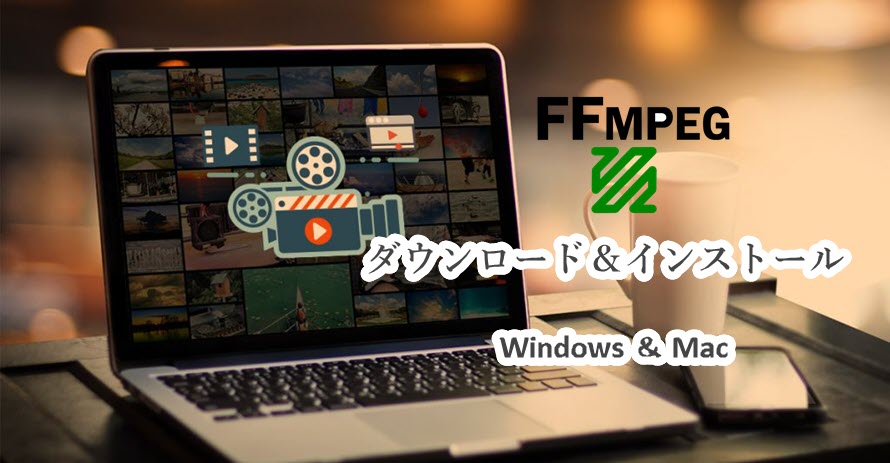


But, this is also good for you as you can see what to install if i tell you that on your system will be an “Install”-Button where is an “Update”-Button on the provided screenshot. The time i am writing this Tutorial i have already installed the Xcode Command Line Tools, even if not in the latest version, which i will correct later on my system. Select the “Downloads”-Tab and click on “Install” next to the “Command Line Tools” entry. If you have XCode already installed, update to the latest version available if necesary.Īfter Xcode has been successfully installed, open the Xcode Preferences-Pane. To be able to use Homebrew you need the Xcode Command Line Tools. Once you are familiar with Homebrew, i am sure you will use it a lot more afterwards if you are not using already. It is quite similar to MacPorts, but in this special case you will get a more recent FFmpeg using Homebrew than MacPorts. It is a linux like package manager with a lot of useful tools easy to install from it. For that, i will use a software called “Homebrew”. This post is going to be to show you how to install FFmpeg on Mac OS X as easy as possible.

Copy the "ffmpeg" executable to /usr/local/bin.ĥ. In the window that appears, open "Resources."Ĥ. Control-Click the FFmpegX package, and choose "Show Package Contents."ģ. Download FFmpegX DMG package online to your Mac.Ģ. Since FFmpegX works on Mac and it includes FFmpeg, we can just extract FFmpeg from FFmpegX package. Here, I'll show you how to use ffmpeg command line tool on Mac. However, it's too difficult for regular people. You can compile FFmpeg with the open source files yourself, using your own compiling options. So is there a method to run FFmpeg on Mac? Sure. Command line is usually more efficient the GUI. If you are familiar with FFmpeg command line tools, a graphic user interface may be helpless for you.


 0 kommentar(er)
0 kommentar(er)
